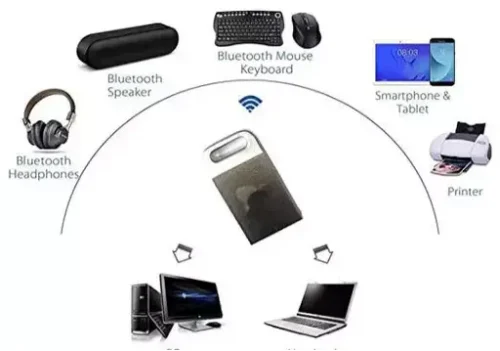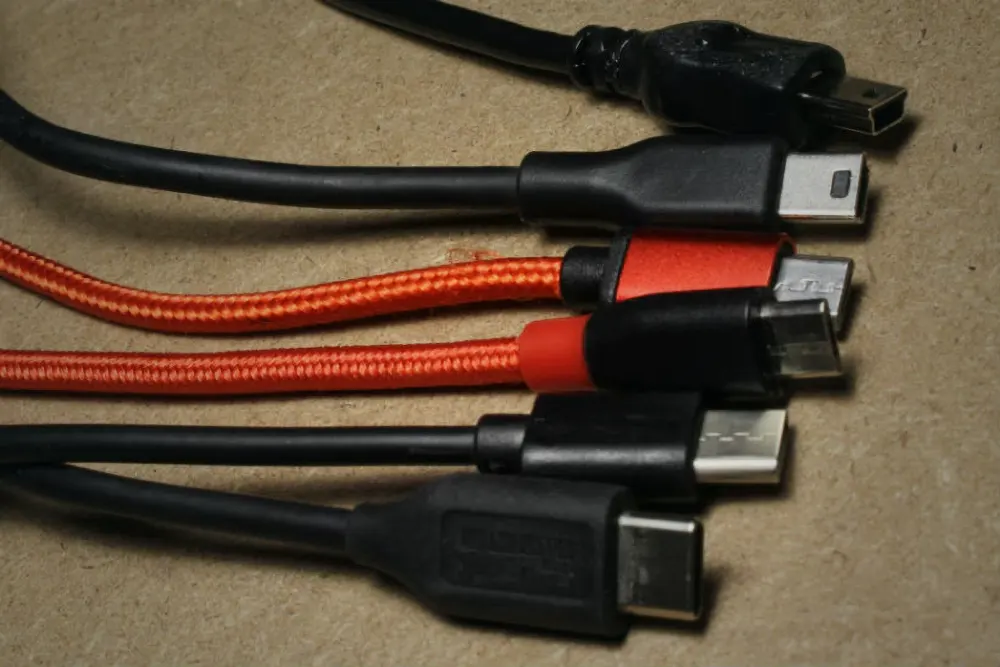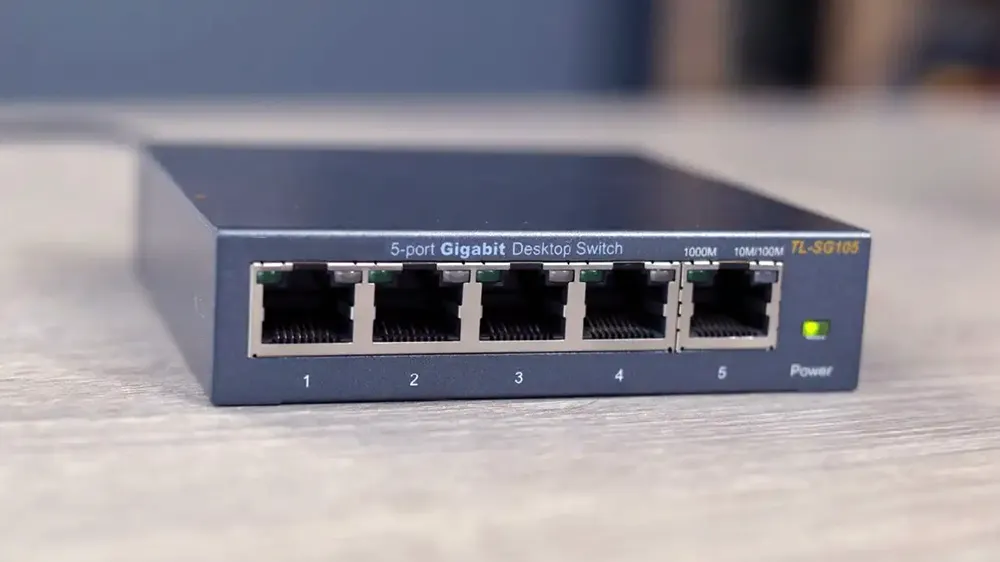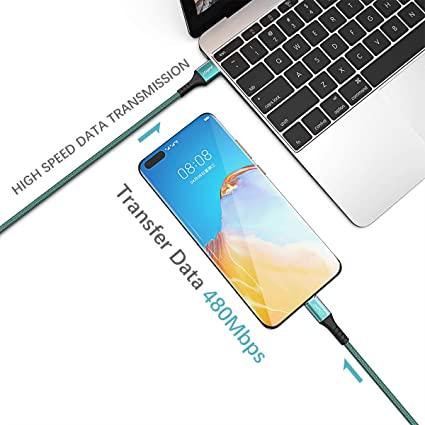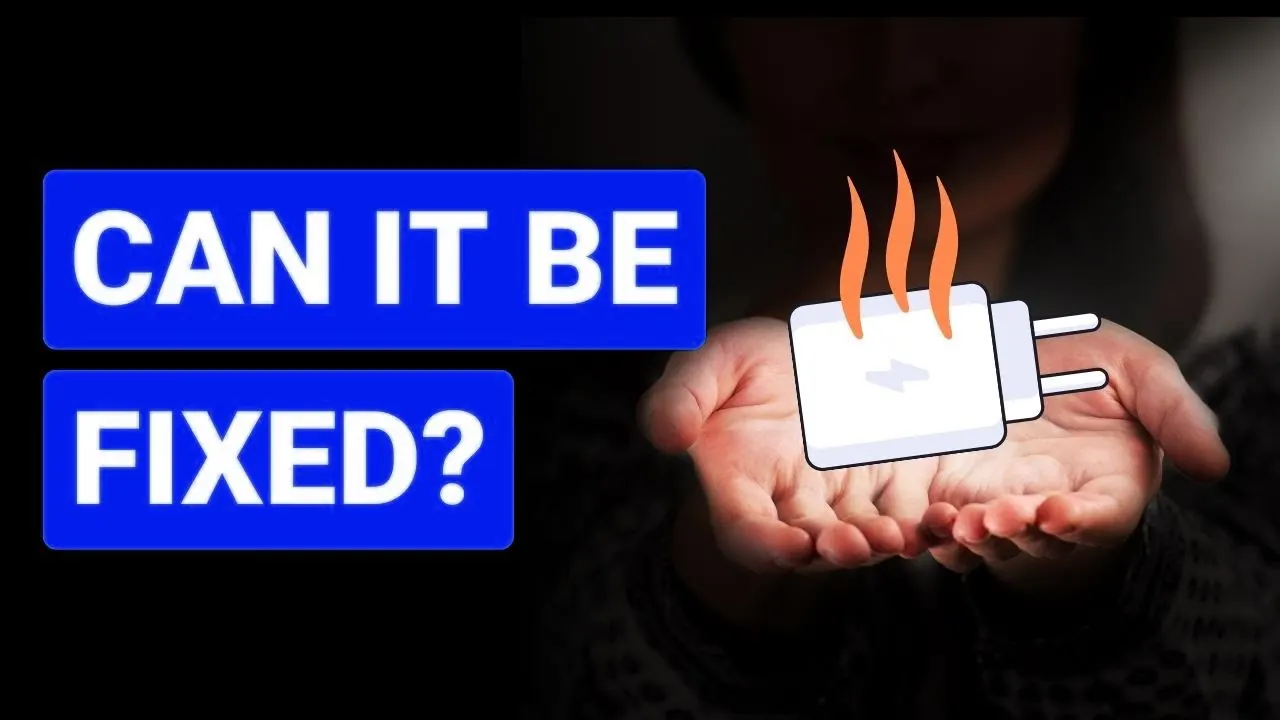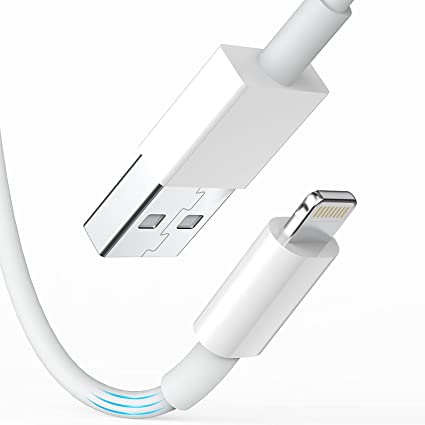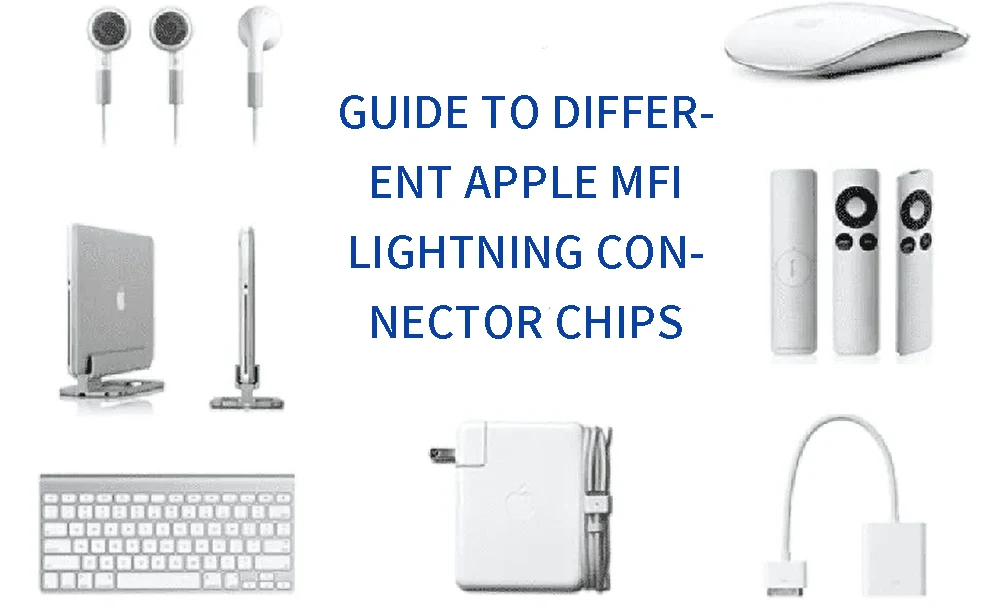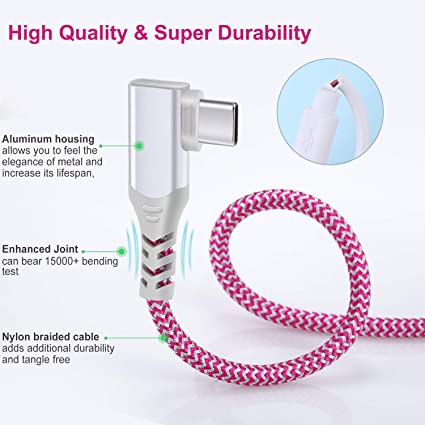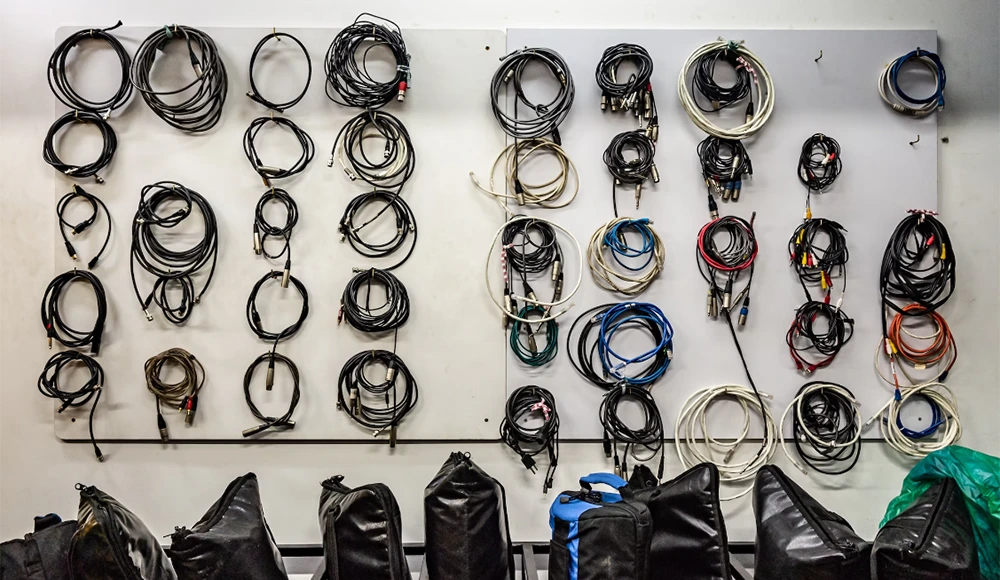Bluetooth Adapter vs Receiver vs Transmitter: What’s the Difference?
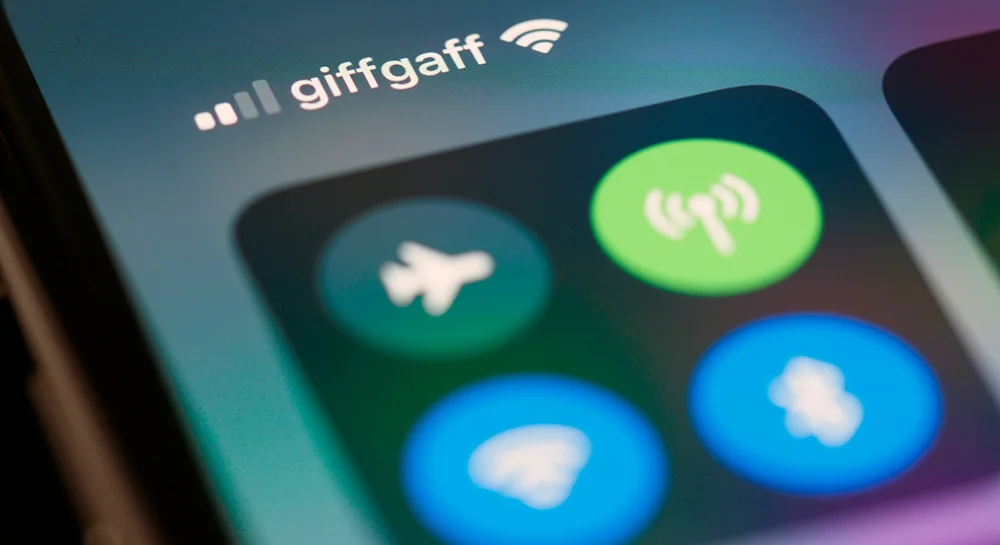
Bluetooth has become ubiquitous for wirelessly streaming audio, data and connecting devices. But with adapters, receivers and transmitters all playing a role, it can be confusing to understand the differences between these Bluetooth connection options.
In this guide, we’ll break down the key variances between Bluetooth adapters, receivers and transmitters. Whether you want to pair wireless headphones, add Bluetooth to your car stereo or stream music around your home, learning the functions of these devices is essential to choosing the right solution.
By grasping the basics of adapters, receivers and transmitters, you can determine which type suits your specific needs. Our overview delivers the knowledge to confidently shop for the Bluetooth connectivity gear that seamlessly links your audio and electronics. So, let’s get started:
What is a Bluetooth Transmitter?
A Bluetooth transmitter is a device that takes an audio signal from a source like your TV and wirelessly streams it to your headphones. It is a device designed to enable non-Bluetooth audio sources to transmit sound and data wirelessly to Bluetooth-enabled devices like headphones, speakers, or car stereos. It essentially acts as a bridge between devices that lack Bluetooth capability and those that are Bluetooth-enabled.
Also Bluetooth devices are not just limited to transmitting audios. While the majority of practical applications for Bluetooth currently involve audio transmission, Bluetooth technology is capable of transmitting various types of data as well. Bluetooth devices can transmit various types of data, including files, documents, and even internet connectivity. For example, Bluetooth-enabled smartphones can share files with other Bluetooth devices, such as laptops or tablets.
Bluetooth transmitters come in various forms, from small portable dongles (aux bluetooth transmitter) to larger units with multiple connectivity options. They’re convenient for creating wireless audio connections, enabling users to enjoy their favorite content without being tethered by cables.
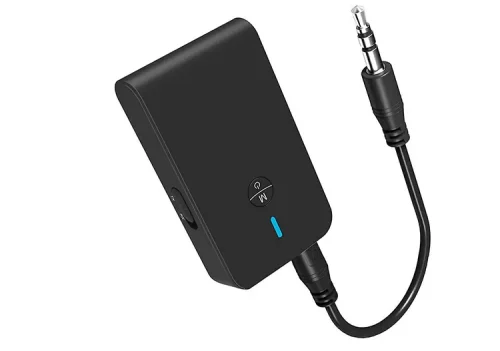
How Does a Bluetooth Transmitter Work?
The Bluetooth transmitter converts the audio signals into radio waves using a technology called frequency-hopping spread spectrum (FHSS). FHSS works by rapidly switching the transmission frequency, which makes it difficult for someone to eavesdrop on the signal. Here’s how it generally works:
The Bluetooth transmitter connects to the audio output source, via cables or ports like 3.5mm AUX, RCA, or optical audio. Once connected, the transmitter receives the analog or digital audio and data signal from the source device and converts it into a Bluetooth signal using Bluetooth technology.
The transmitter then pairs with Bluetooth-enabled devices like headphones, bluetooth speaker, or car stereos. This pairing establishes a wireless connection between the transmitter and the Bluetooth receiver (headphones, speakers, etc.). The converted Bluetooth signal containing the audio or data signals is transmitted wirelessly from the transmitter to the paired Bluetooth device, allowing the audio to be played through the connected Bluetooth device.
The paired Bluetooth device, whether headphones or speakers, receives the Bluetooth signal and decodes it back into an audio format, allowing the user to listen to the audio wirelessly. Overall, a Bluetooth transmitter acts as an intermediary, enabling non-Bluetooth audio sources to communicate with and transmit audio and data signals to Bluetooth-enabled devices, providing a wireless streaming experience.
Which Devices Can Use a Bluetooth Transmitter?
A Bluetooth audio transmitter enables TVs, audio systems, and other non-Bluetooth devices to stream high-quality sound to Bluetooth headphones, earbuds, or speakers.
A transmitter is especially helpful for listening to audio from devices that don’t have built-in Bluetooth. You can stream sound and data wirelessly from these older or legacy devices to Bluetooth headphones, speakers or other accessories.
Transmitters are also handy when you want to share audio between multiple locations. They allow you to broadcast audio from one source to multiple Bluetooth receivers throughout your home, yard or other area.
This gives you flexibility to listen to what’s playing in another room or outside without running cables everywhere. The wireless transmission range of most Bluetooth transmitters is around 30 feet.
In many situations where wired connectivity isn’t practical or possible, a Bluetooth transmitter provides a convenient solution for syncing audio and eliminating cable clutter. They support streaming from a wide variety of audio and video equipment.
Advantages and Disadvantages Of Bluetooth Transmitter.
Advantages:
- Wireless Connectivity: Bluetooth transmitters offer wireless audio and data transmission, eliminating the need for cables and allowing greater freedom of movement.
- Compatibility: They enable non-Bluetooth devices to connect with and stream audio or data to Bluetooth-enabled devices such as headphones, speakers, or bluetooth transmitter for car stereos and bluetooth transmitter for tv.
- Versatility: Bluetooth transmitters often support various input options like 3.5mm AUX, RCA, or optical audio, making them compatible with a wide range of devices.
- Portability: Many usb bluetooth transmitter are compact and portable, suitable for use with laptops, TVs, gaming consoles, or older audio systems.
- Ease of Use: They typically offer simple pairing and setup processes, allowing users to quickly establish connections and start streaming audio wirelessly.
Disadvantages:
- Range Limitations: Bluetooth has a limited operating range (usually around 30 feet/10 meters), which might result in signal dropout or interference if devices move out of range.
- Audio Quality: While Bluetooth technology has advanced, some users might experience slight audio compression or degradation compared to direct wired connections, especially in high-fidelity audio scenarios.
- Compatibility Issues: Some older devices or certain audio formats may not be fully supported, leading to compatibility issues or limitations in functionality.
- Latency: Bluetooth transmission can introduce a aptx low latency (audio latency) between the source and output, which might be noticeable in applications requiring real-time audio sync, such as gaming or video editing.
- Power Dependency: Bluetooth transmitters require power sources (batteries or electrical outlets) for operation, and they may need recharging or replacement of batteries depending on their design.
What is a Bluetooth Receiver?
What Is A Bluetooth Audio Receiver? This type of device allows you to connect a non-Bluetooth device to your smartphone or other Bluetooth-enabled device and allows you to stream from them. This includes speakers, docking stations, WiFi, headphones, and car stereos.
A Bluetooth receiver functions by capturing Bluetooth signals sent from compatible devices. Once received, it decodes these signals, converting the transmitted data into a usable format. While audio streaming is a prevalent application, Bluetooth receivers have the capacity to process and receive diverse forms of data beyond audio, allowing for versatile communication and connectivity between devices.
These receivers come in various forms, from small dongles that plug directly into audio ports to larger units with multiple connectivity options. They offer a convenient way to upgrade traditional wired audio devices, enabling them to receive audio wirelessly from Bluetooth sources.
How Does a Bluetooth Receiver Work?
A Bluetooth receiver uses a Bluetooth antenna to receive the signal from your phone or music player and then sends it to the audio system. Here is a breakdown of how a Bluetooth receiver works: Bluetooth devices communicate with each other using low-power radio waves on a frequency band between 2.4 GHz and 2.483.5 GHz. When a Bluetooth receiver is paired with a Bluetooth-enabled device, they establish a trusted connection and exchange data using encryption.
The Bluetooth receiver has a built-in Bluetooth antenna that receives the Bluetooth signal from your device. This signal contains the audio or data signals that you want to play through the audio system. Once the Bluetooth receiver receives the signal, it processes the data to ensure it is in the correct format for playback. This may involve decoding the audio data and converting it into an analog or digital format that the audio system can understand.
After processing the signal, the Bluetooth receiver sends the audio data to the audio system. This can be done through various methods, depending on the type of audio system and the connectivity options available. For example, it may use a wired connection like a 3.5mm audio cable or an optical cable (Learn more about the differences between Audio AUX Cable And Audio Cable), or it may use wireless transmission methods like Bluetooth or Wi-Fi.
Once the audio data reaches the audio system, it is played back through the speakers or headphones connected to the system. The Bluetooth receiver acts as a bridge between your Bluetooth-enabled device and the non-Bluetooth audio system, allowing you to enjoy wireless audio playback.
Which Devices Can Use a Bluetooth Receiver?
A Bluetooth receiver can attach to your favorite analog or digital stereo system, allowing you to send your favorite songs and podcasts from your phone to the speaker. This can make any audio system wireless, turning your stereo system into a Bluetooth controllable device.
Also, numerous devices are compatible with Bluetooth receivers, spanning from car stereos and home audio systems to portable speakers. These receivers prove especially beneficial when you wish to stream audio from a Bluetooth-enabled device to a speaker or stereo system lacking built-in Bluetooth functionality.
Advantages and Disadvantages Of Bluetooth Receiver.
Some advantages of using a Bluetooth receiver include convenience, flexibility, and the elimination of cables. They provide greater mobility and range, allowing you to move around while enjoying music or watching a movie.
However, there are also some disadvantages to consider. Dropped connections, poor audio quality, and potential connectivity issues are common drawbacks of Bluetooth receiver devices. Some receivers may have a limited range or may not be compatible with all types of devices. Additionally, there may be a slight delay in the audio signals, which can be noticeable when watching videos or playing games.
What is a Bluetooth Adapter?
A USB-based device that transmits and receives Bluetooth wireless signals. It plugs into the USB port to support Bluetooth mice, keyboards and other Bluetooth devices. Also called a “Bluetooth dongle.” It is designed to be plugged into a USB port on a computer or other compatible devices to support the use of Bluetooth peripherals such as mice, keyboards, headphones, speakers, and more.
How Does a Bluetooth Adapter Work?
A USB Bluetooth adapter is a small device that connects to a USB port on a computer or other device and adds Bluetooth connectivity. It allows you to wirelessly connect other Bluetooth-enabled devices to your computer or other device without the need for cables.
USB Bluetooth dongles serve as affordable and swift devices designed to facilitate Bluetooth wireless connectivity with your personal computer. Simply insert the USB Bluetooth adapter into your computer’s USB port to establish communication with various Bluetooth peripheral devices, including computers, smartphones, car infotainment systems, cell phones, printers, and PDAs.
Many premium computer software packages utilize dongles for licensing purposes, ensuring that the software remains exclusive to a specific computer. In cases where the software lacks an installed dongle, there might be compatibility issues, potentially hindering its functionality.
Utilizing a bluetooth adapter for car or bluetooth adapter for PC can mitigate such inconveniences. These Bluetooth dongles incorporate built-in antennas that offer an operational wireless range typically spanning from 2 to 100 meters, following Bluetooth V2.0 standards, operating within the 2.4 GHz ISM band. With embedded memory, these adapters can transfer data at rates of approximately 3 MB per second.
Advantages and Disadvantages Of Bluetooth Adapter.
Advantages:
- Wireless Connectivity: Bluetooth adapters provide wireless connectivity between your computer and other Bluetooth-enabled devices, such as headphones, speakers, keyboards, and mice. This eliminates the need for cables and allows for more flexibility in device placement.
- Convenience: Bluetooth adapters are easy to use and set up. Once connected, they provide a seamless and hassle-free experience for connecting and using Bluetooth devices.
- Compatibility: Bluetooth adapters are compatible with a wide range of devices, including laptops, desktops, smartphones, and tablets. They can connect to various Bluetooth peripherals, making it easy to use different devices with a single adapter.
- Portability: Bluetooth adapters are small and portable, making them easy to carry and use with different devices. You can easily plug them into a USB port and use them on the go.
Disadvantages:
- Limited Range: Bluetooth technology has a limited range compared to other wireless technologies like Wi-Fi. The range of a Bluetooth adapter typically varies from 10 to 100 meters, depending on the class of the adapter. This means that devices need to be in close proximity to maintain a stable connection.
- Slower Data Transfer Speed: Bluetooth adapters have slower data transfer speeds compared to other wired or wireless technologies.
- Interference: Bluetooth signals can be affected by interference from other devices operating on the same frequency range, such as Wi-Fi routers, microwaves, and cordless phones. This interference can cause signal drops or reduced performance.
- Power Consumption: Bluetooth adapters require power to operate, which can drain the battery life of your device, especially if the adapter remains turned on continuously. This can be a concern for portable devices like laptops or smartphones.
What Does A Bluetooth Adapter Do?
A Bluetooth adapter is a device that enables wireless communication between your computer or other devices and Bluetooth-enabled peripherals. It allows you to connect and use various Bluetooth devices, such as headphones, speakers, keyboards, mice, and more, without the need for cables or wires. Here’s what a Bluetooth adapter does:
- Wireless Connectivity: A Bluetooth adapter uses Bluetooth technology to establish a wireless connection between your device and other Bluetooth-enabled devices. It allows you to connect and use these devices without the limitations of physical cables.
- Plug-and-Play Functionality: Bluetooth adapters are typically plug-and-play devices, meaning they are easy to set up and use. Once connected to your computer’s USB port, the adapter automatically detects and pairs with nearby Bluetooth devices. This makes it convenient to connect and use Bluetooth peripherals.
- Multiple Device Support: Bluetooth adapters can support multiple Bluetooth devices simultaneously. Depending on the adapter, you can connect and use multiple Bluetooth peripherals, such as headphones, speakers, and keyboards, with your device.
- Data Transfer: Bluetooth adapters support data transfer between your device and Bluetooth peripherals. However, it’s important to note that Bluetooth has slower data transfer speeds compared to other wired or wireless technologies. The maximum data transfer rate for Bluetooth 4.0 is around 3 Mbps.
How to Choose a Bluetooth Adapter?
Owning a Bluetooth adapter for your computer has become indispensable in today’s digital landscape, enabling hassle-free connections with wireless devices like headphones, speakers, and keyboards. Yet, with an array of options in the market, finding the suitable Bluetooth adapter can be overwhelming. Here, we’ll navigate you through the process of choosing the perfect Bluetooth adapter for your computer or bluetooth adapter for tv.
Understanding Different Bluetooth Adapter Types
Before delving into the selection, it’s vital to grasp the varying types of Bluetooth adapters available. Common types include USB dongles and internal adapters.
USB dongles, compact and portable, easily plug into your computer’s USB port, catering to various operating systems. Conversely, internal adapters necessitate installation onto your computer’s motherboard, offering a more permanent solution albeit requiring professional setup.Ensuring Compatibility with Your Computer
After determining the desired adapter type, ensuring compatibility with your computer is crucial. Begin by verifying your computer’s specifications and operating system requirements.
For USB dongles, confirm your computer has an available USB port and supports the Bluetooth version provided by the adapter (e.g., Bluetooth 4.0 or higher). Internal adapters require assessment of an available expansion slot on your motherboard and compatibility with the needed form factor (e.g., PCIe or USB).
Additionally, check for any specific driver requirements for compatibility with your operating system. While most modern systems include built-in drivers for common Bluetooth adapters, visiting the manufacturer’s website to download any essential drivers or software updates is advisable.Consider Range and Signal Strength
Another pivotal factor is the Bluetooth adapter’s range and signal strength. The range determines the distance for a stable connection with other devices. If your Bluetooth devices are used in close proximity, a shorter range might suffice. However, for connections across rooms or areas, opt for an adapter with a longer range.
Signal strength dictates the stability and quality of the connection. Seek adapters with features like advanced antenna technology or signal amplifiers for a robust and consistent Bluetooth connection across your workspace.Bluetooth Version
Look for the supported Bluetooth version. Bluetooth 5.0 offers improved speed, range, and energy efficiency compared to older versions, ensuring better performance.Form Factor
Bluetooth adapters come in USB dongles, PCIe cards, and audio receivers. Select the form that suits your device and connectivity needs best.Audio Quality
Prioritize adapters supporting high-quality audio codecs like aptX or AAC for top-notch sound when using Bluetooth headphones or speakers.Additional Features and Price Considerations
Lastly, ponder over additional features provided by the Bluetooth adapter and their relevance to your needs. Some offer advanced features such as dual-mode support, aptX codec support for improved audio quality, or multi-device pairing capabilities.
While these enhancements enrich the experience, they might come at a higher price. Establish a budget beforehand and balance the required features with your budget. Investing in a reliable, high-quality Bluetooth adapter can prevent future frustrations.
One manufacturer that focuses on high quality is APPHONE. APPHONE is a leading HUB Adapters Manufacturer brand for digital accessory production. As a top manufacturer and supplier, APPHONE creates reliable connectivity solutions that deliver the best user experience.
The Difference Between Bluetooth Adapter And Bluetooth Receiver.
Inshort, Bluetooth adapters are commonly used to add Bluetooth connectivity to a device that does not have it built-in. A Bluetooth receiver is a device that receives data via a Bluetooth connection from another device.
Whether you want to add wireless audio to an older car stereo or pair Bluetooth headphones to your TV, determining the best connectivity device can be confusing. Both Bluetooth adapters and receivers allow non-Bluetooth equipment to interface wirelessly. The key difference is that an adapter plugs into a device and broadcasts a signal, while a receiver picks up Bluetooth signals to play audio on other speakers or equipment. Adapters are best when you need to make a device Bluetooth capable. Receivers shine for wireless audio playback on non-Bluetooth stereos or sound systems. Choosing the right one depends on your specific connectivity needs. Let’s look at a quick comparison table of differences between bluetooth adapter and Bluetooth receiver.
| Bluetooth Adapter VS Bluetooth Receiver | |
|---|---|
| Bluetooth Adapter | Bluetooth Receiver |
| Enables connection between Bluetooth-enabled device and device without Bluetooth | Receives and processes a Bluetooth signal |
| Allows connection between devices with different Bluetooth versions | Limited to devices with the same Bluetooth version |
| Allows connection between devices with different operating systems | Not applicable for connecting devices with different operating systems |
| Supports both sending and receiving of data | Supports only receiving of data |
| Connects Bluetooth devices to non-Bluetooth devices | Connects two Bluetooth devices together |
| May require a power source | Does not require a power source |
| Allows two-way communication between devices | Allows one-way communication between devices |
| Can be used to stream audio from a device with Bluetooth to a device without Bluetooth. | Can be used to stream audio from a device with Bluetooth to a device with Bluetooth. |
While Bluetooth adapters, receivers, and transmitters all facilitate wireless audio streaming, choosing the right one depends on your specific use case and setup. Adapters allow existing devices to send audio wirelessly, receivers pick up transmitted audio for existing speaker systems, and transmitters both send and receive for multi-room sharing. By learning their core functions, you can determine the ideal solution for your needs whether upgrading a car stereo, adding wireless headphones, or distributing music throughout your home. Bluetooth technology greatly enhances the connectivity of our devices, but requires understanding the different connectivity options available. We hope this overview has provided useful insight into the distinctions between adapters, receivers, and transmitters to allow you to confidently shop for the item that seamlessly integrates wireless convenience into your lifestyle.
What is the difference between a transmitter and a receiver?
When a device sends out a wireless signal, it is called a transmitter. When another device picks up that wireless signal and understands the information, it is called a receiver.
Can a Bluetooth receiver be used as a transmitter?
There are three types of radios: Bluetooth being a radio. Transmitter, receiver, transceiver. If you have a Bluetooth receiver there is no way for you to turn it into a transmitter because all it is listening for is the transmitter’s signal then it will play the data from that signal.
Are Bluetooth adapters and dongles the same?
While both dongles and adapters serve as connectors between devices, they have different purposes. A dongle is typically a small device that adds functionality or security to a computer or electronic device, while an adapter is used to bridge the gap between devices with different connectors.
Is a Bluetooth adapter better than a FM transmitter?
Bluetooth streaming is superior to most FM transmitters. First of all, Bluetooth signals are digital transmissions. They can carry more information and thus render better sound quality than FM transmissions.
What is the main function of transmitter and receiver?
Any wireless system consists of a transmitter and a receiver. The transmitter delivers the carrier signal modulated by information through an antenna. The receiver recovers the information from the received signal from the antenna.
What is the difference between TX and RX Bluetooth?
TX (transmit) and RX (receive) are terms used to describe the direction of data flow in Bluetooth communication. TX Bluetooth devices, such as Bluetooth speakers or headphones, transmit audio signals to a receiving device. RX Bluetooth devices, on the other hand, receive these signals and play them back.
Which is better: Dongle or Bluetooth?
In general, built-in Bluetooth is usually more reliable and convenient than a Bluetooth dongle because it is integrated into the device and does not require an additional accessory. However, there are some scenarios where a Bluetooth dongle may be better than built-in Bluetooth.
Share This Artcle:

Fast delivery
Fastest delivery within 22 days

Quick proofing
Fastest 3-day proofing cycle

After-sale protection
24-month long warranty

1V1Customer Service
Professional customer service follow-up

